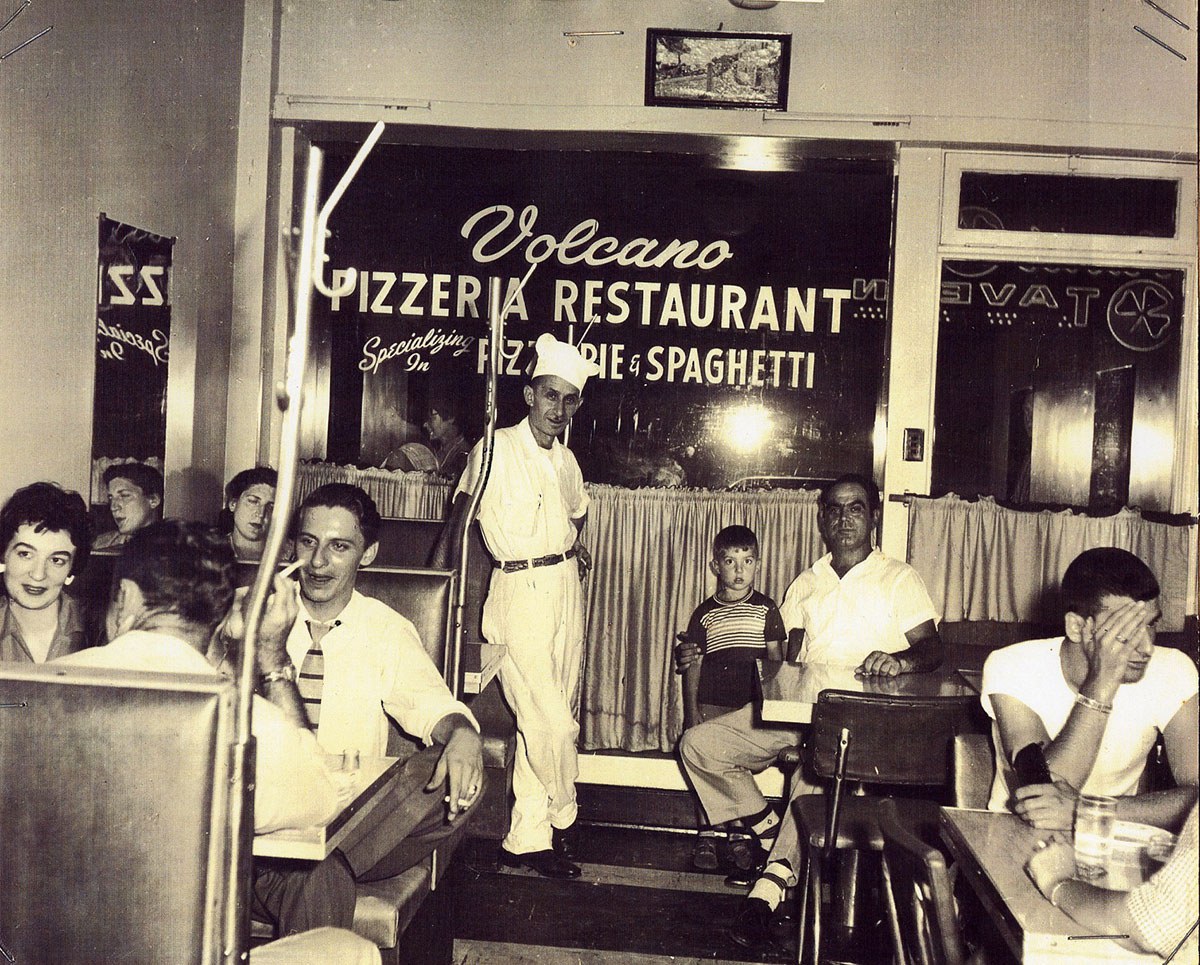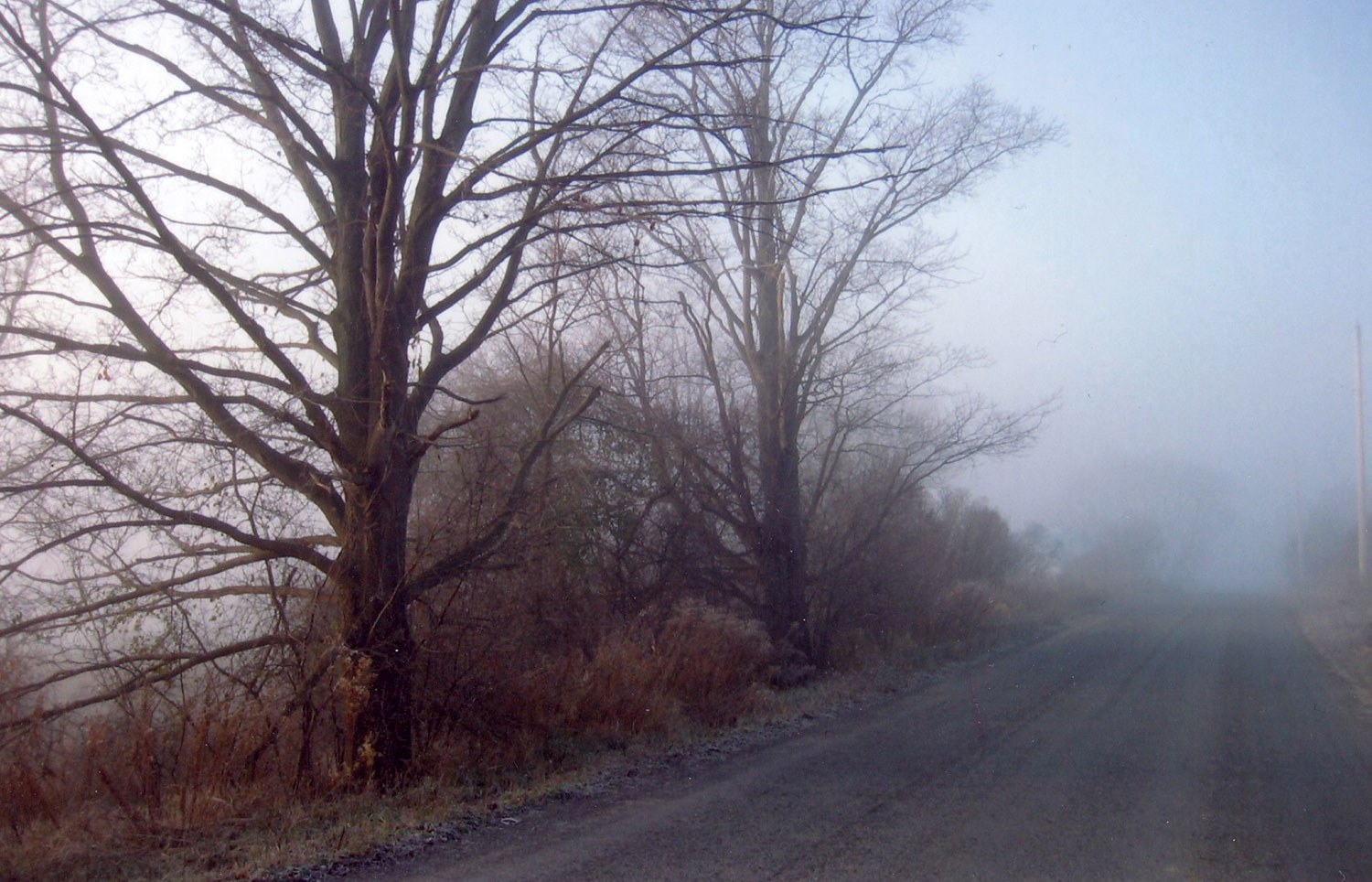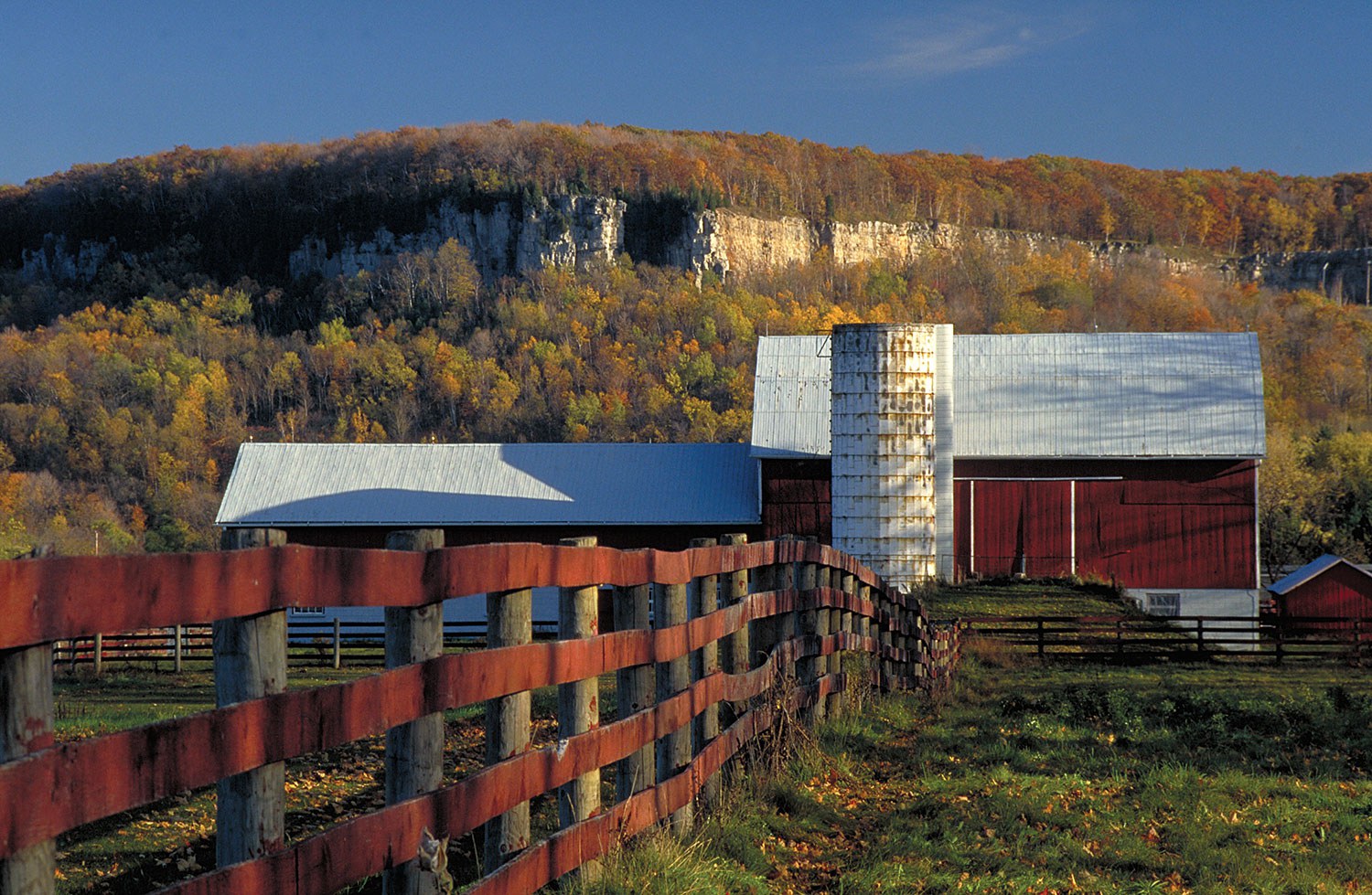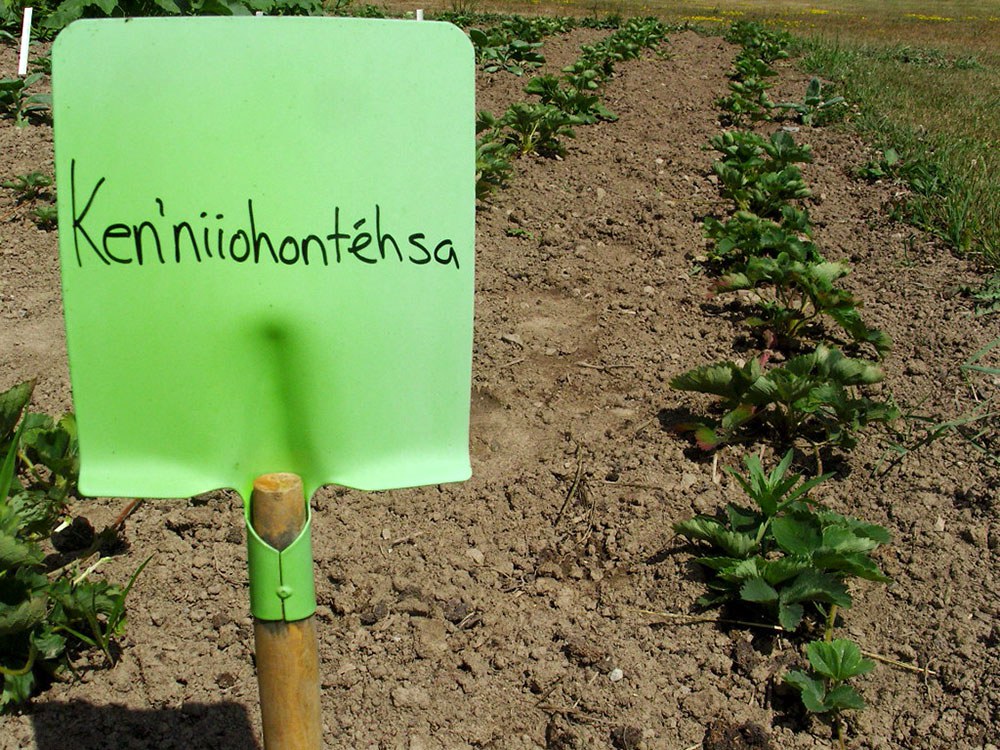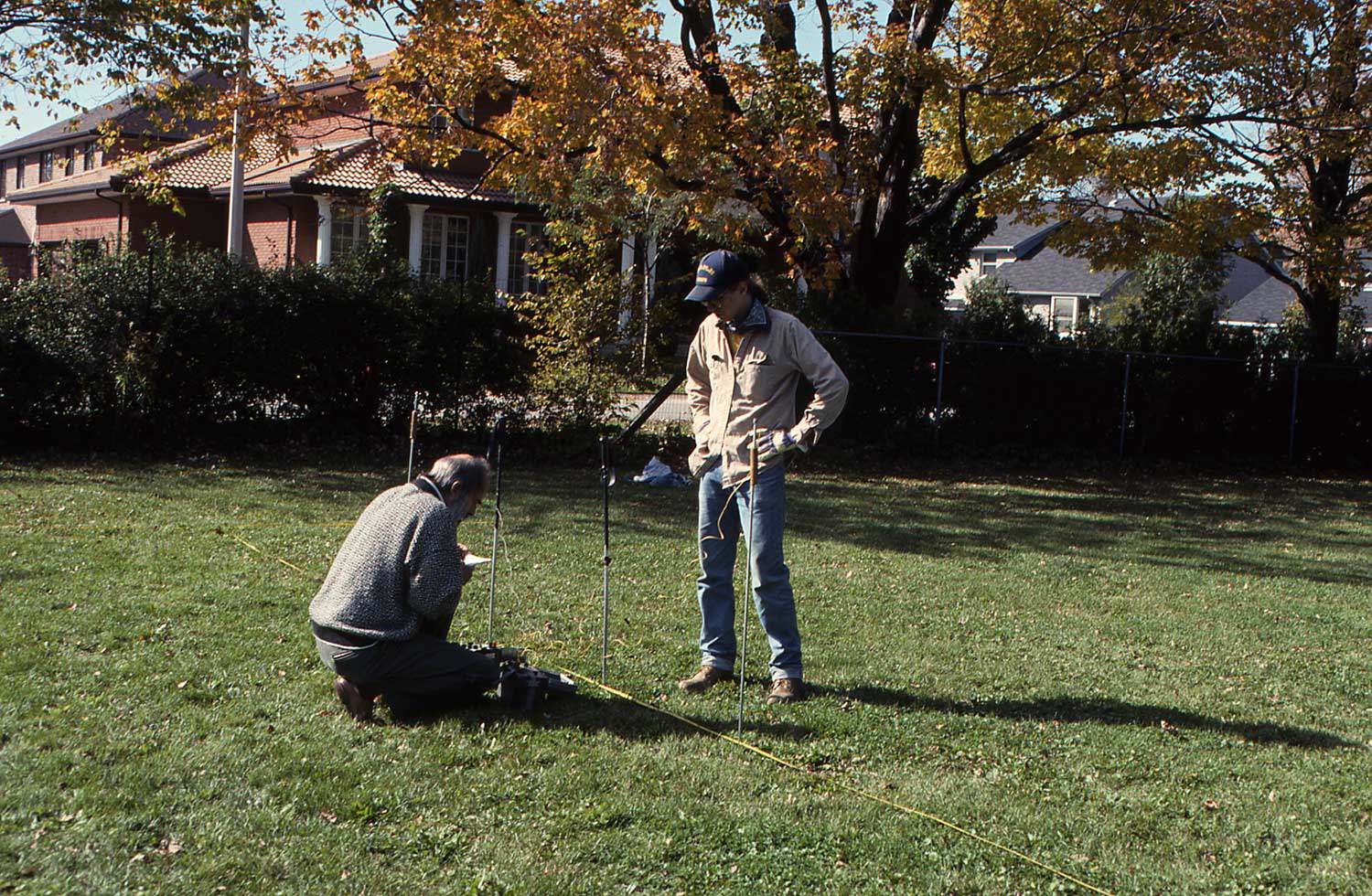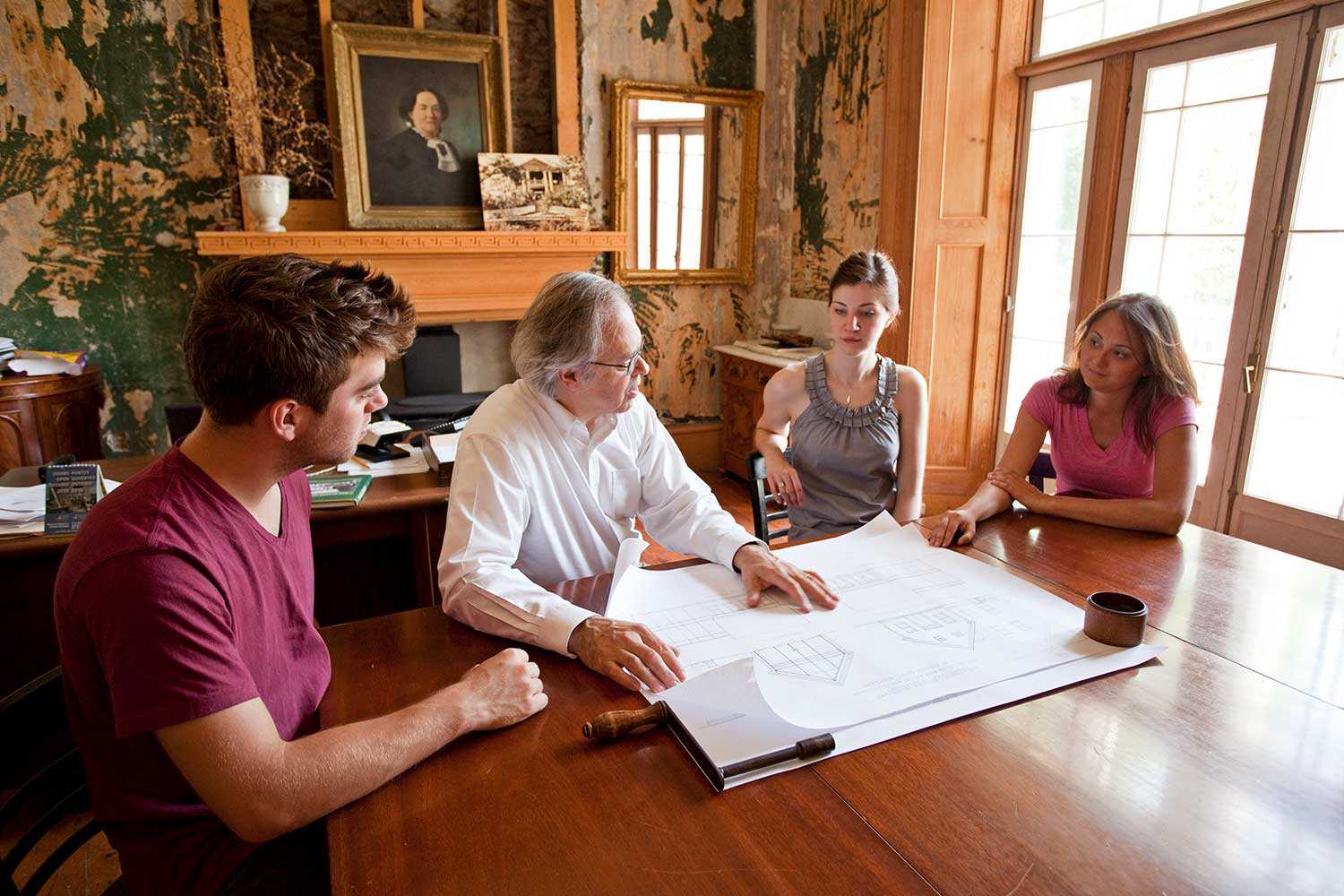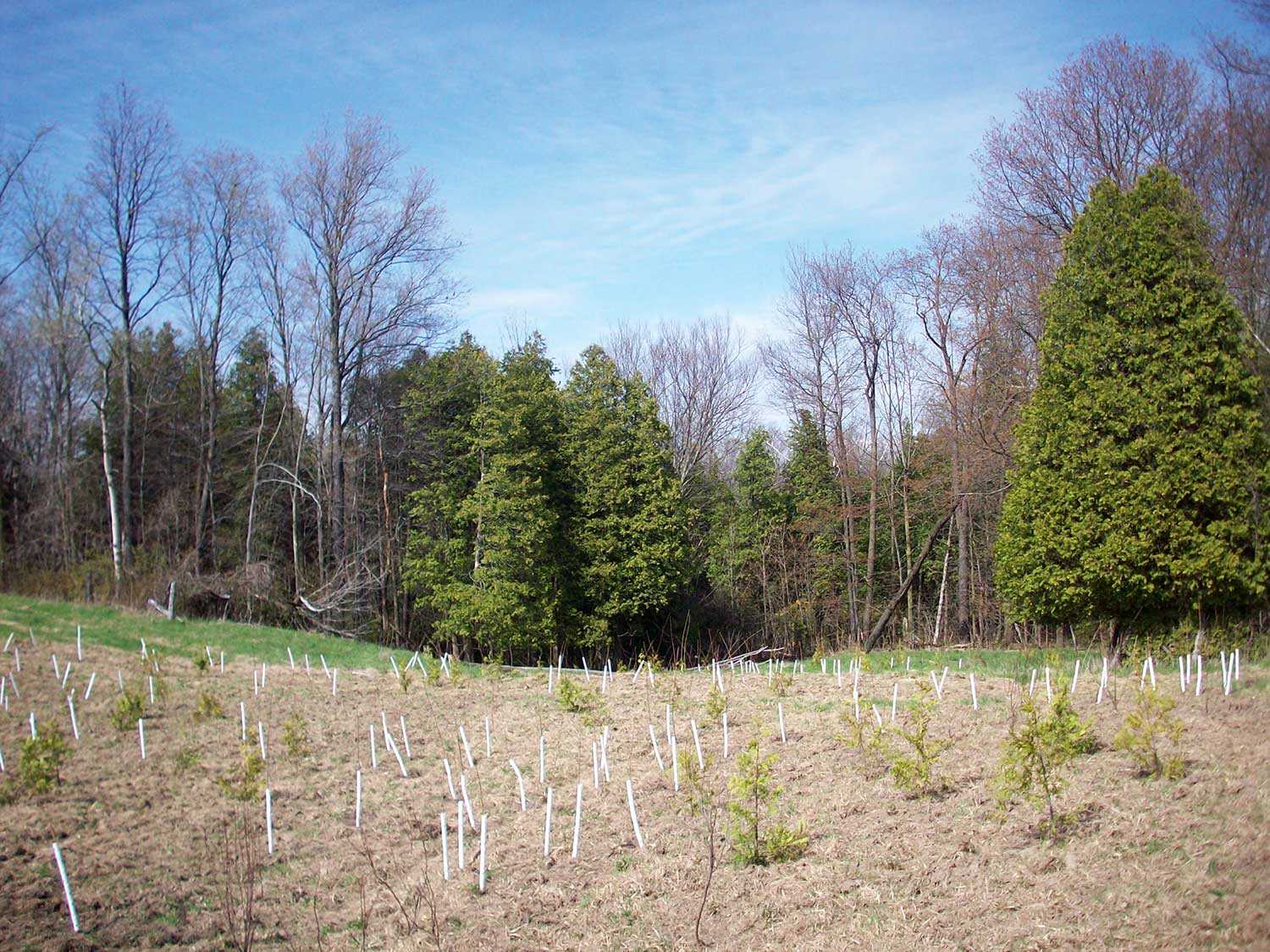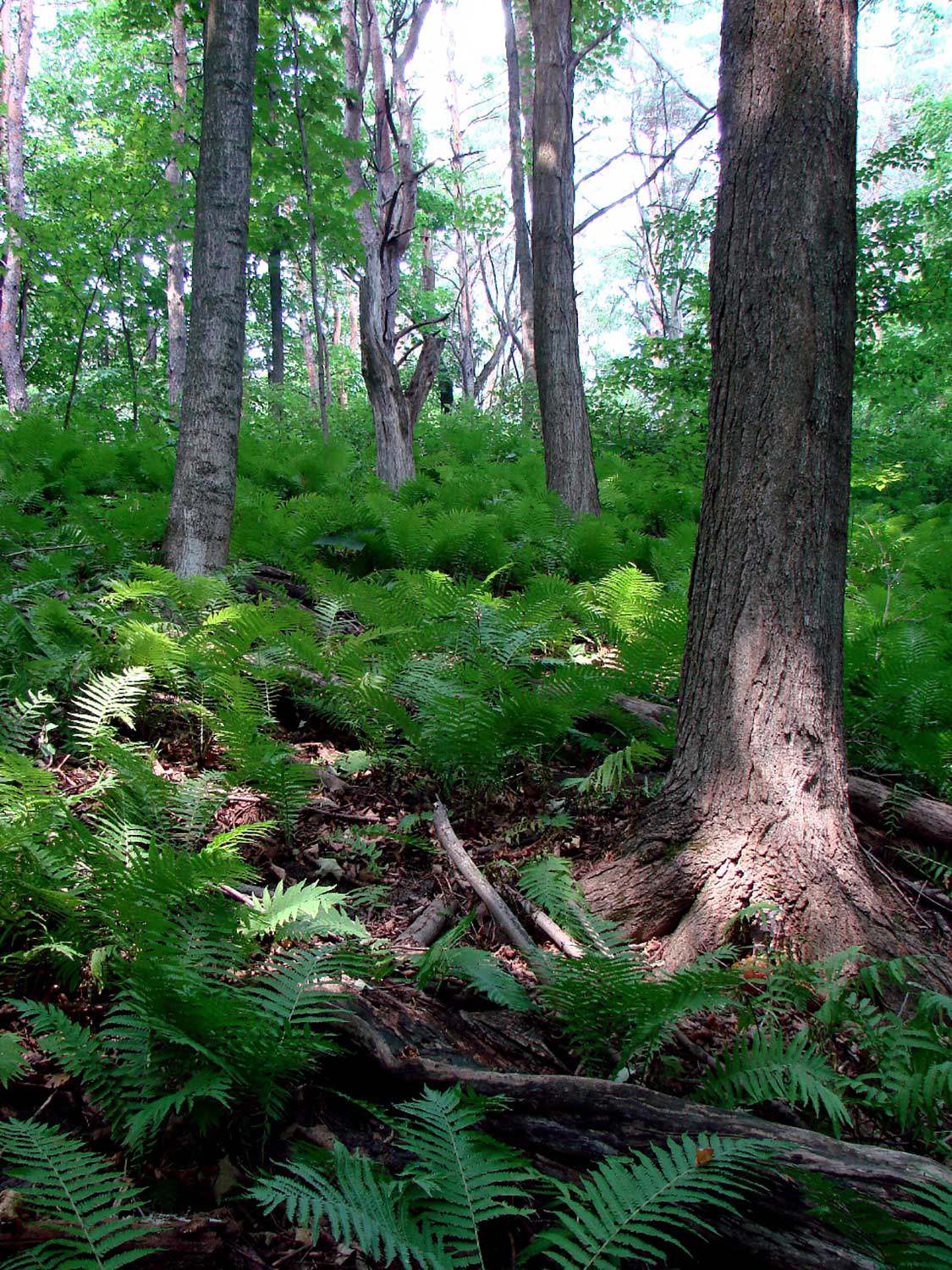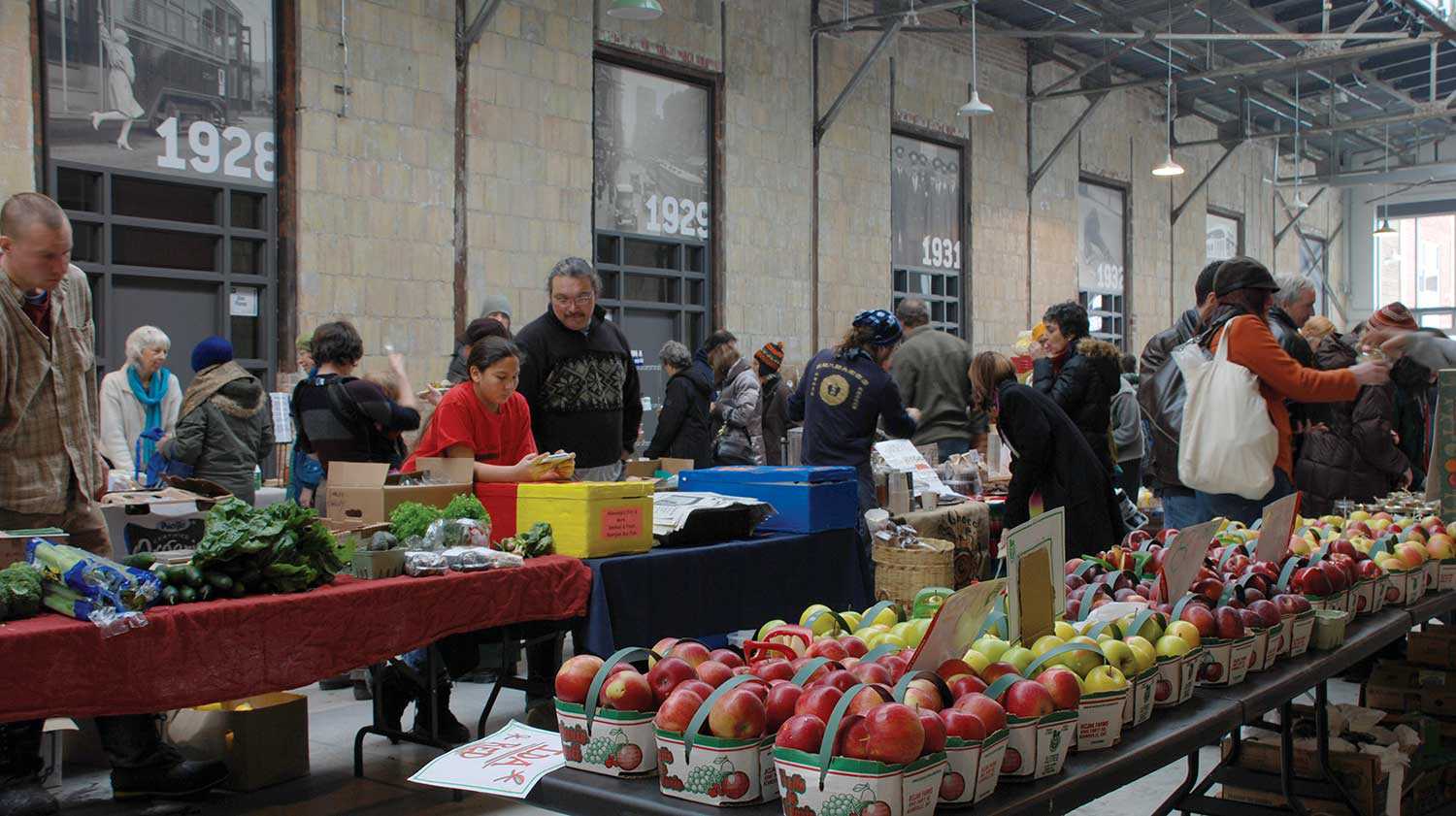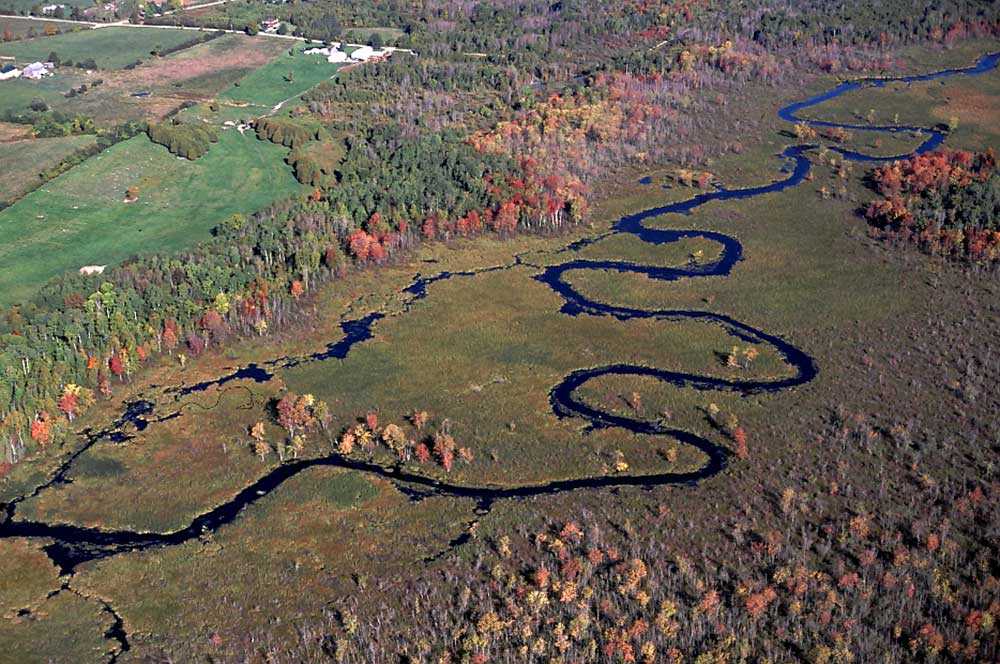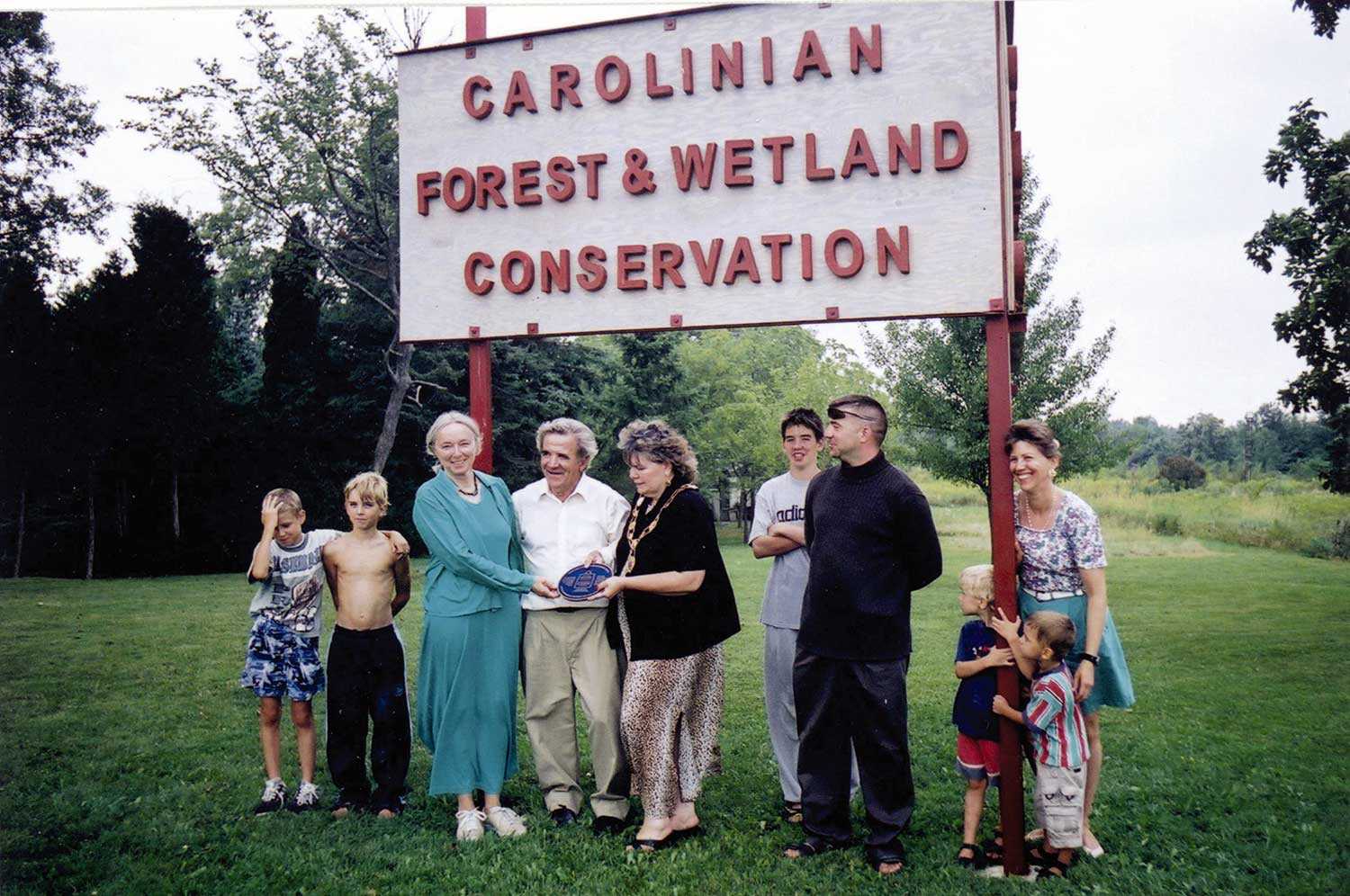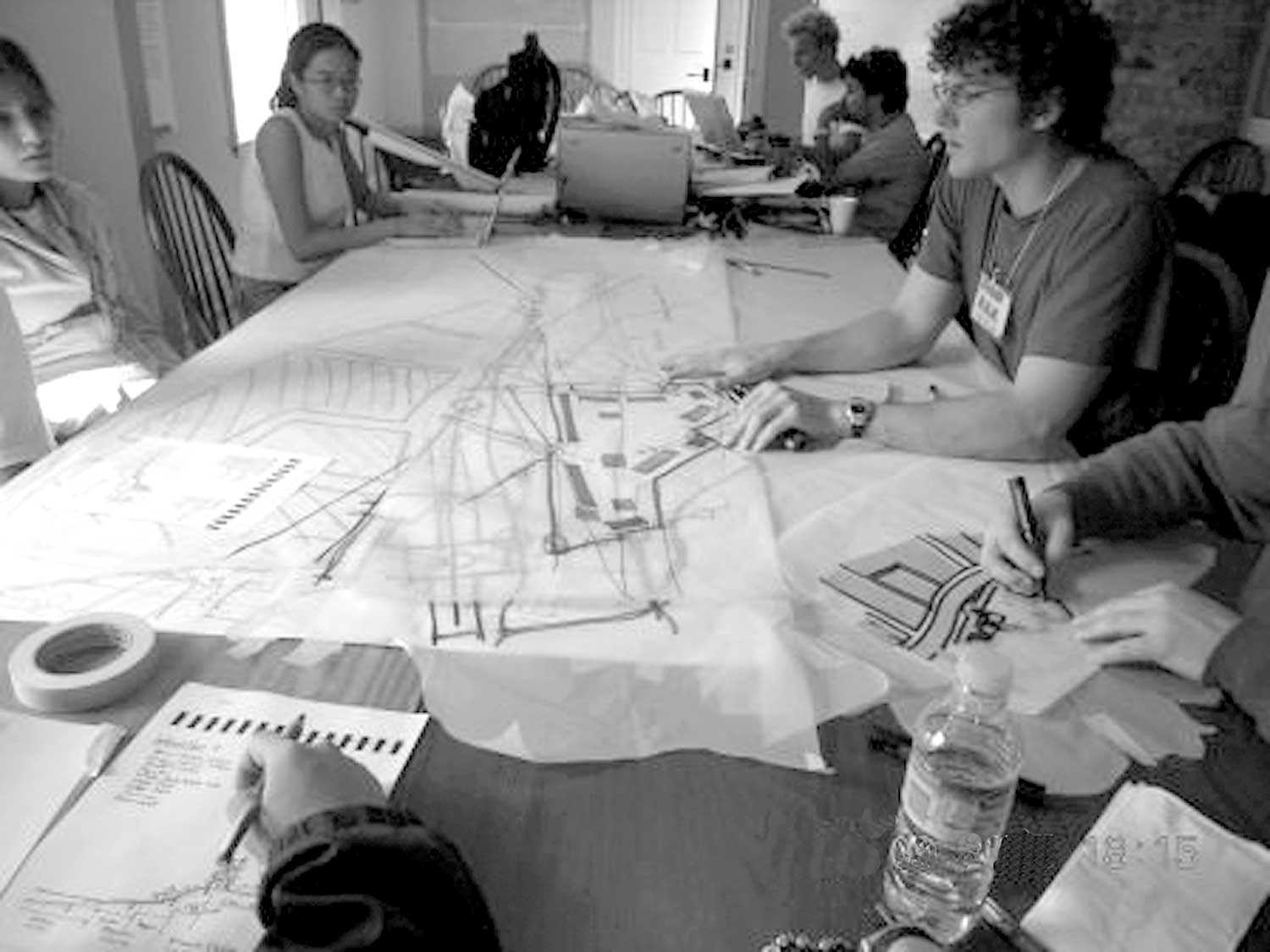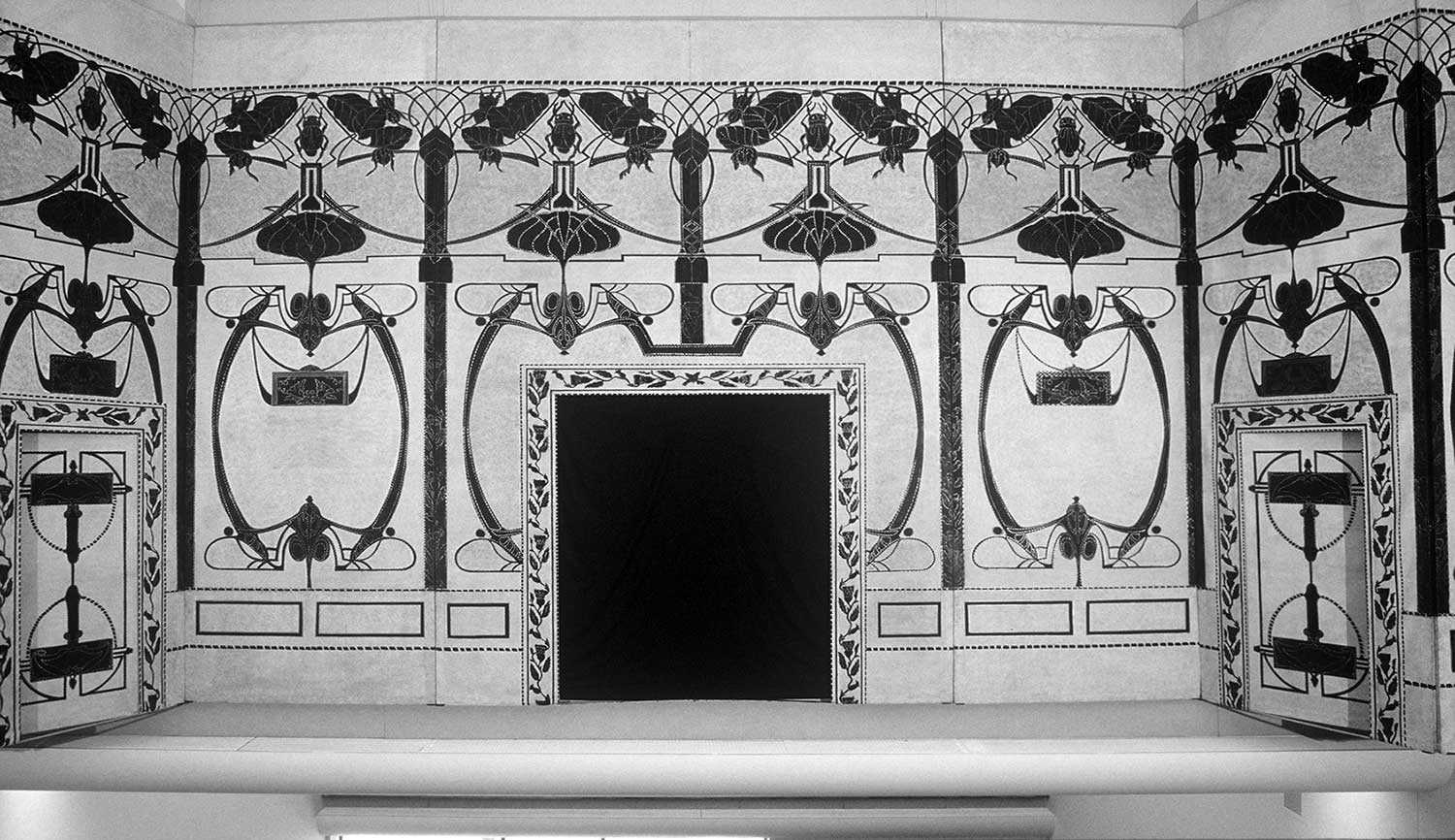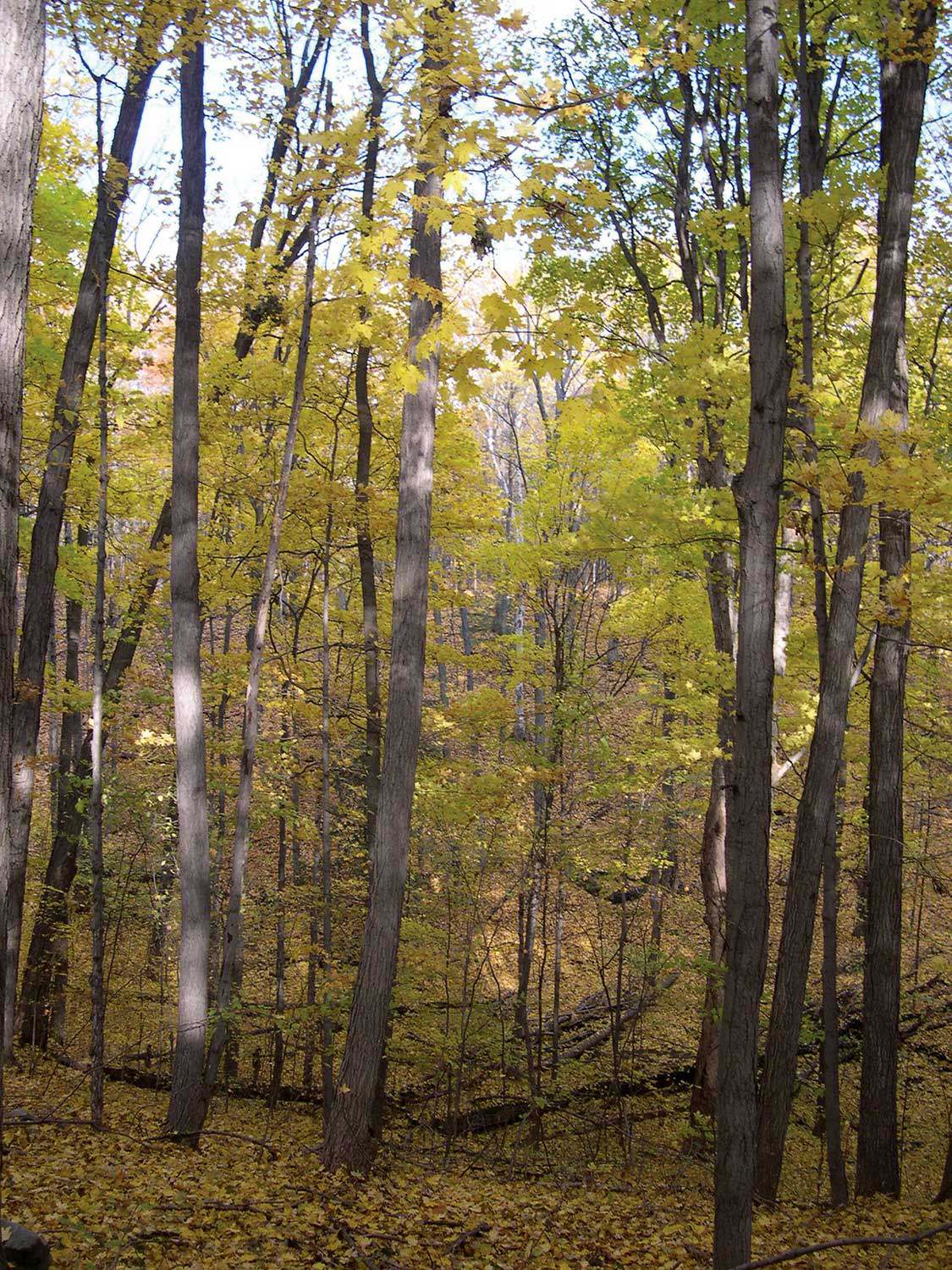

Browse by category
- Adaptive reuse
- Archaeology
- Arts and creativity
- Black heritage
- Buildings and architecture
- Communication
- Community
- Cultural landscapes
- Cultural objects
- Design
- Economics of heritage
- Environment
- Expanding the narrative
- Food
- Francophone heritage
- Indigenous heritage
- Intangible heritage
- Medical heritage
- Military heritage
- MyOntario
- Natural heritage
- Sport heritage
- Tools for conservation
- Women's heritage
100-mile conservation
Increasingly, people are becoming more aware of not just what they eat, but where their food originates. While the concept is by no means new, it was popularized in 2005 with the “100-mile diet,” which challenged individuals to eat food produced within a 100-mile radius of their homes.
Proponents of the local food movement consider this concept worthwhile for many reasons. Food produced locally has less distance to travel than the imported competition. It is often fresher, healthier and better tasting. A shorter distance from field to table also reduces pollution emissions. And supporting area farmers provides a boost to the local economy and helps our existing agricultural areas remain viable in the face of a globalized agricultural economy.
Eating locally requires more thought, planning, preparation and creativity than simply going to the supermarket. To acquire this food means going to farmers’ markets and specialty shops, or even growing it yourself. Buying from your local farmers’ market or butcher shop is more personal and allows you to ask questions: Where did this come from? Was it grown with pesticides? How was this cattle raised? Eating locally also respects seasonal cycles of availability and regional variation. Even if strict adherence is not always possible, a 100-mile diet is a useful lens through which we can view how our food choices affect our health, the economy and the environment.
But what if we apply the “100-mile” lens to building conservation? The 100-mile diet and building conservation both emphasize careful use of resources, understanding of location and reduced toxicity. Just as there are obvious environmental benefits to eating locally, there are ecological advantages to re-using old buildings – and the materials within them.
As Carl Elefante, an American specialist and practitioner in the sustainable architecture field, puts it: “the greenest building is the one that is already built.” For years, conservationists have been using the term “embodied energy” to help make the case for saving heritage buildings. Buildings are repositories of energy. It takes energy to manufacture or extract building materials, in addition to transporting them to a construction site, and still more energy to assemble them into a building. All of that energy is embodied in the finished structure, and if the structure is demolished and dumped in a landfill, the energy that went into making that building is wasted.
While the recent work at the Ontario Heritage Centre comes close to passing the 100-mile test, it benefited from being located in Toronto, where both skilled labour and building materials are readily available.
In addition, the process of demolition uses energy, as does the construction of a replacement building. The idea of embodied energy as it relates to the construction field has been around since at least 1976, when Bruce Hannon and Richard Stein calculated how many BTUs were used to produce various modern building materials. They went on to determine that the typical building of the mid-20th century required the equivalent of 15 gallons of gasoline per square foot.
Like the 100-mile diet, the choice to invest in conserving a building rather than demolishing it contributes more directly and significantly to the local economy. A lower percentage of the project budget is dedicated to materials, with the majority going toward skilled labour.
Recent alterations to the offices in the Ontario Heritage Centre illustrate these ideas. By making only small, non-structural modifications to the original floor plan, the costs for renovation and materials were minimized. Instead, the project invested in restoring what already existed. Modern wall-to-wall carpeting was pulled up, exposing the building’s original hardwood floors. Overall, the original maple was in good condition, but had experienced wear and tear and damage from adhesives and water. The specialized labour required to rehabilitate the wood floors was local. Likewise, the trim and hardware found in the building were restored. The small amount of new wood inserted and spliced into the original floor was harvested and milled in York Region, within a 100-mile radius of Toronto. Approximately 90 per cent of the project budget was for labour, while only 10 per cent was spent on materials – well below the traditional 50/50 split.
While the recent work at the Ontario Heritage Centre comes close to passing the 100-mile test, it benefited from being located in Toronto, where both skilled labour and building materials are readily available. A conservation project in a remote location might benefit from having raw materials, but may not have a local tradesperson. In other cases, a conservation project may have ready access to skilled workers, but find it hard to acquire local stone, brick or timber.
Just as the 100-mile lens is being used to question and improve our food systems, the heritage conservation sector might use the 100-mile approach as a new way to look at architectural conservation. Food for thought.

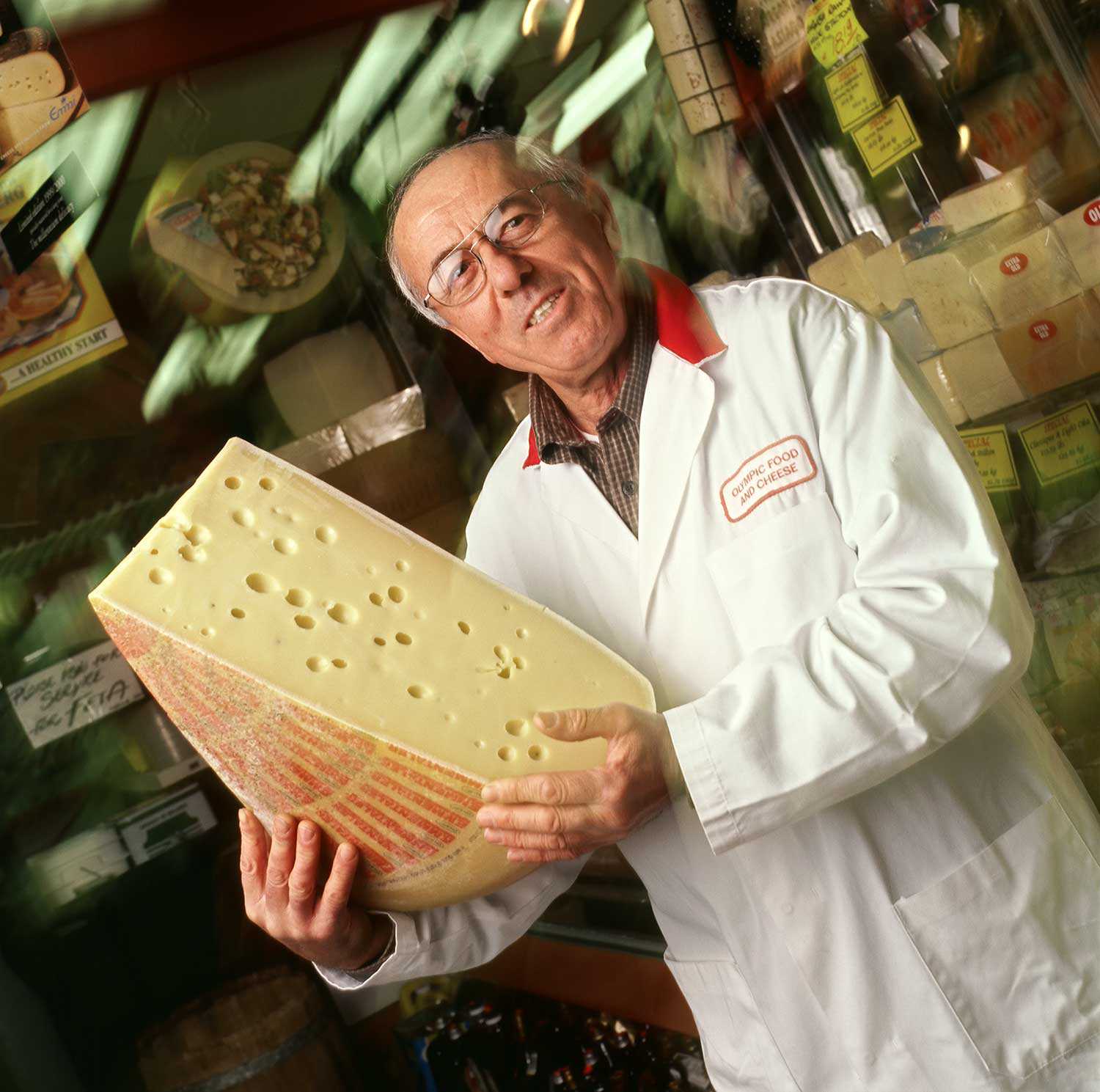
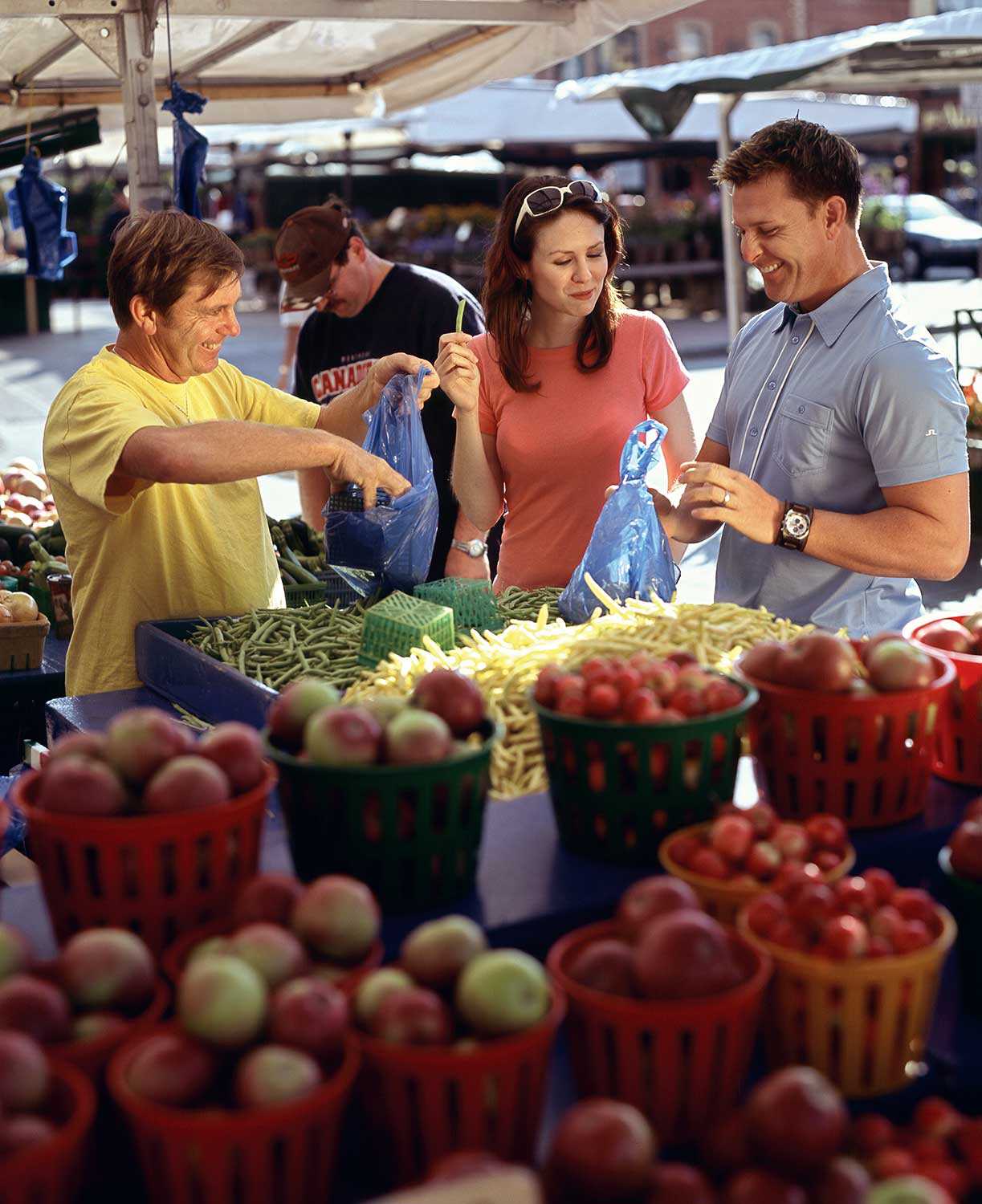
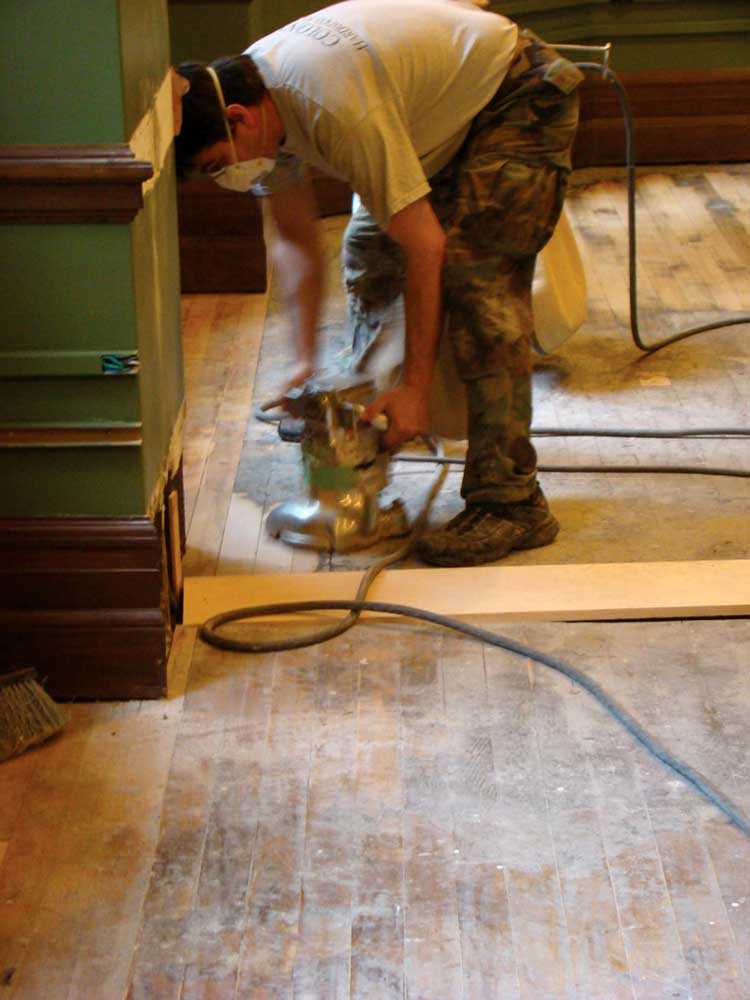

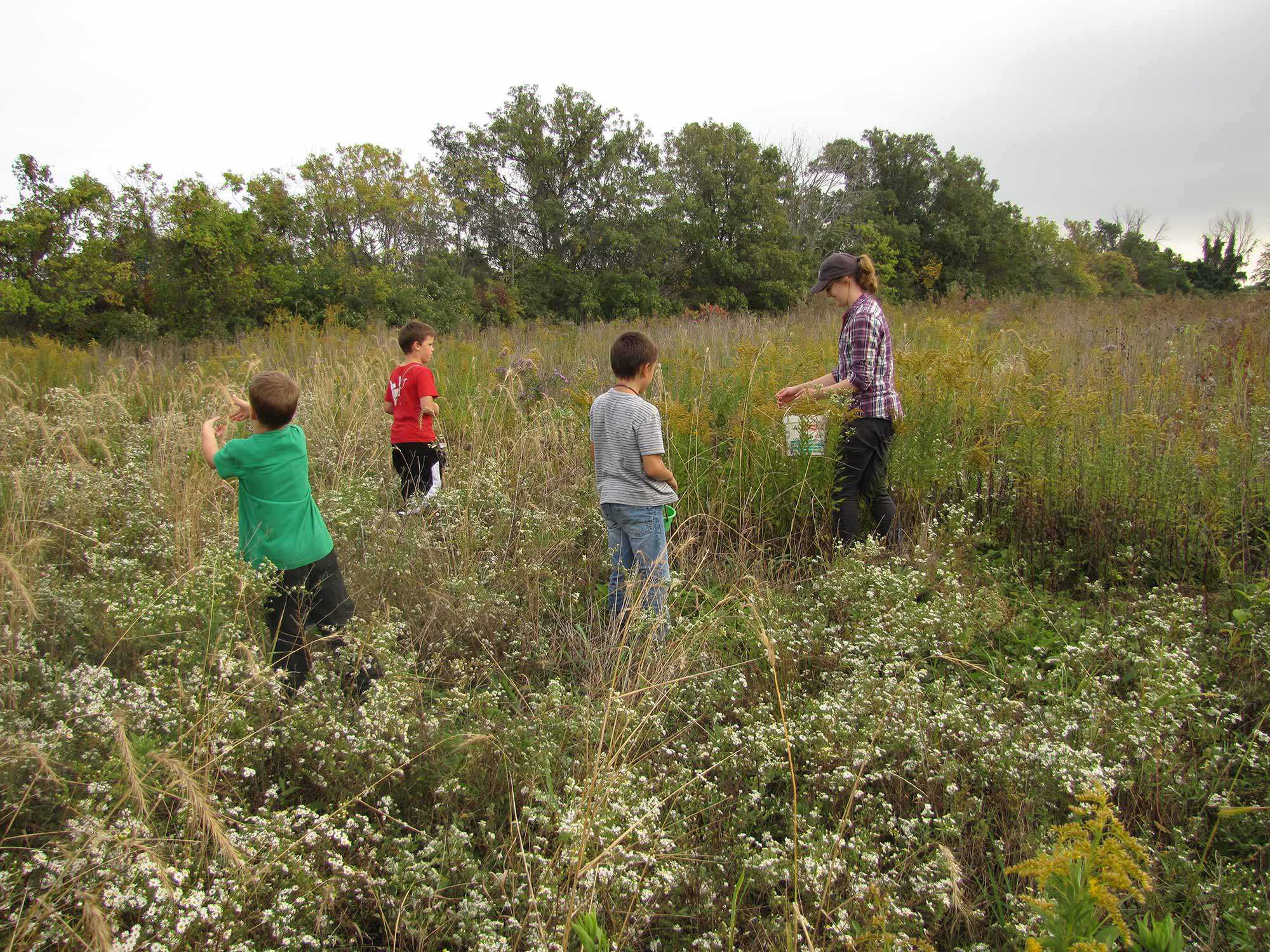


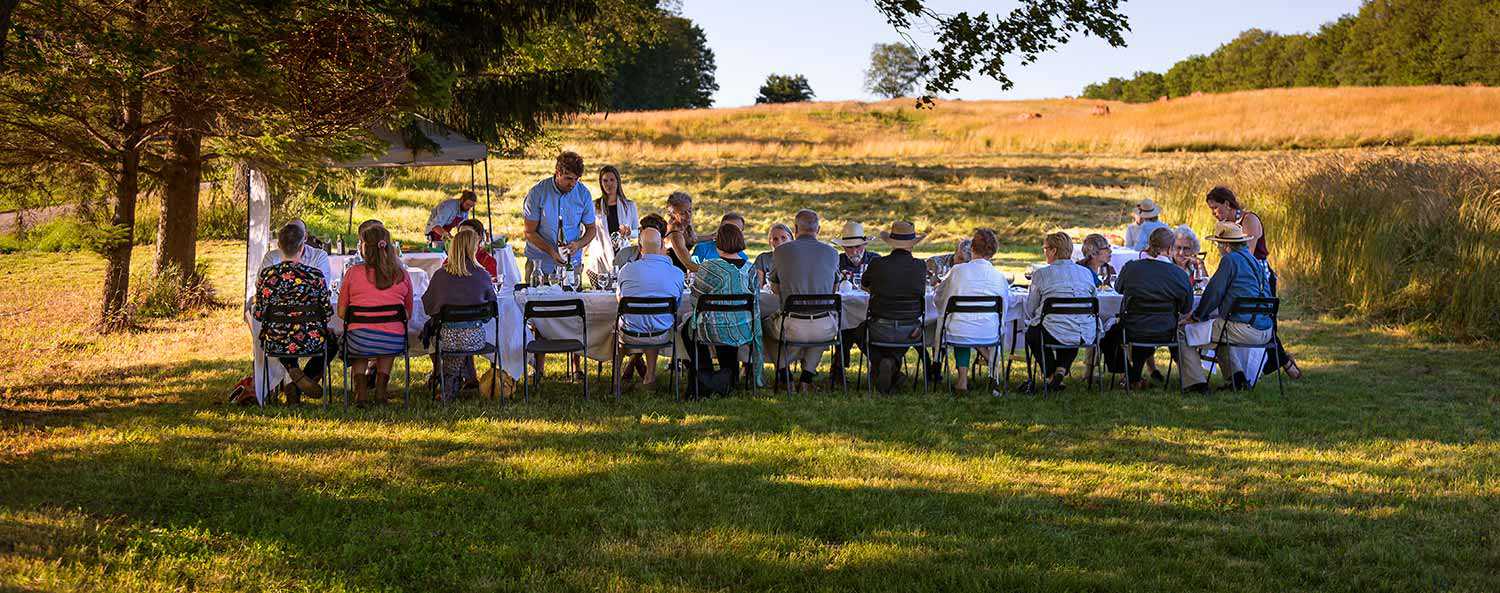
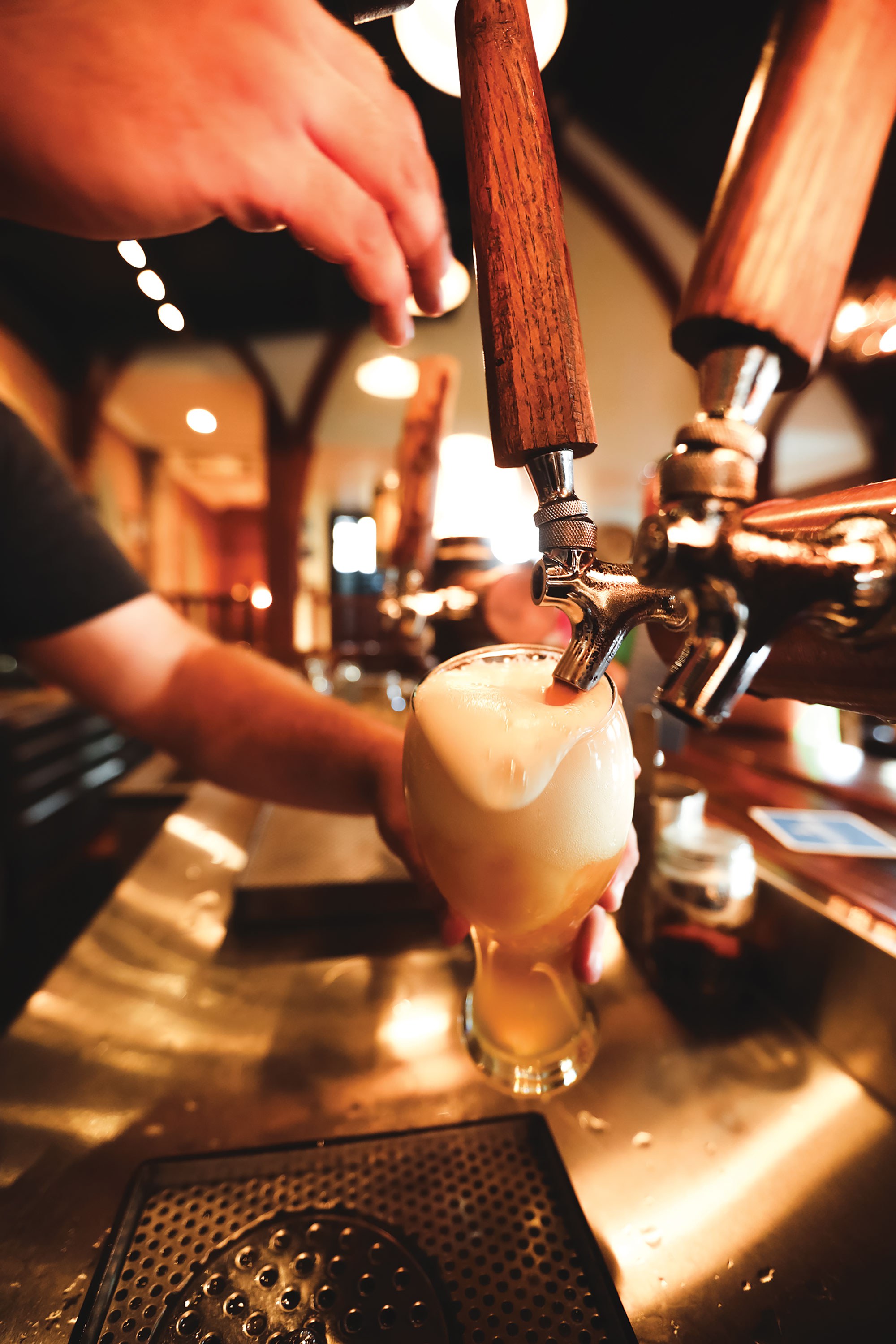
![Rose Lieberman, Rose [Hanford?] Green and Aaron and Sarah Ladovsky in front of United Bakers restaurant, Spadina Ave., Toronto, 1920. Ontario Jewish Archives, Blankenstein Family Heritage Centre, fonds 83, file 9, item 16.](https://www.heritage-matters.ca/uploads/Articles/SoupsOn_Archival_3505.jpg)
